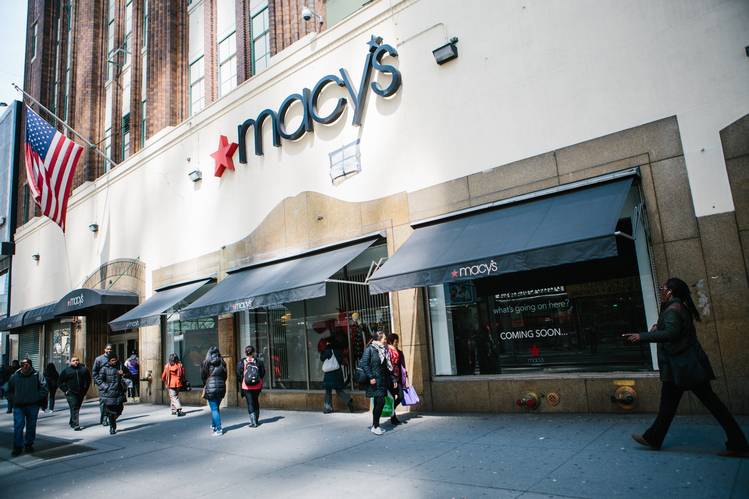15 costs you should always negotiate
If you don’t try to negotiate for these items, you’re probably leaving money on the table. While you not be successful in every case, you will be surprised at how often that you can get a better price.
The biggest savings of all of these is negotiating your purchase of a new car. I wrote an entire strategy a few months ago. You can check it out here.
You can get more ideas by checking out this article: Costs you should always negotiate – Business Insider



